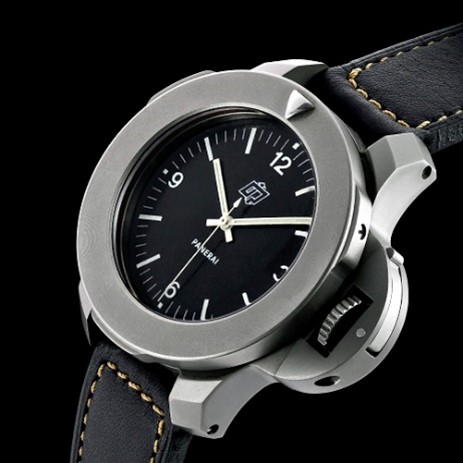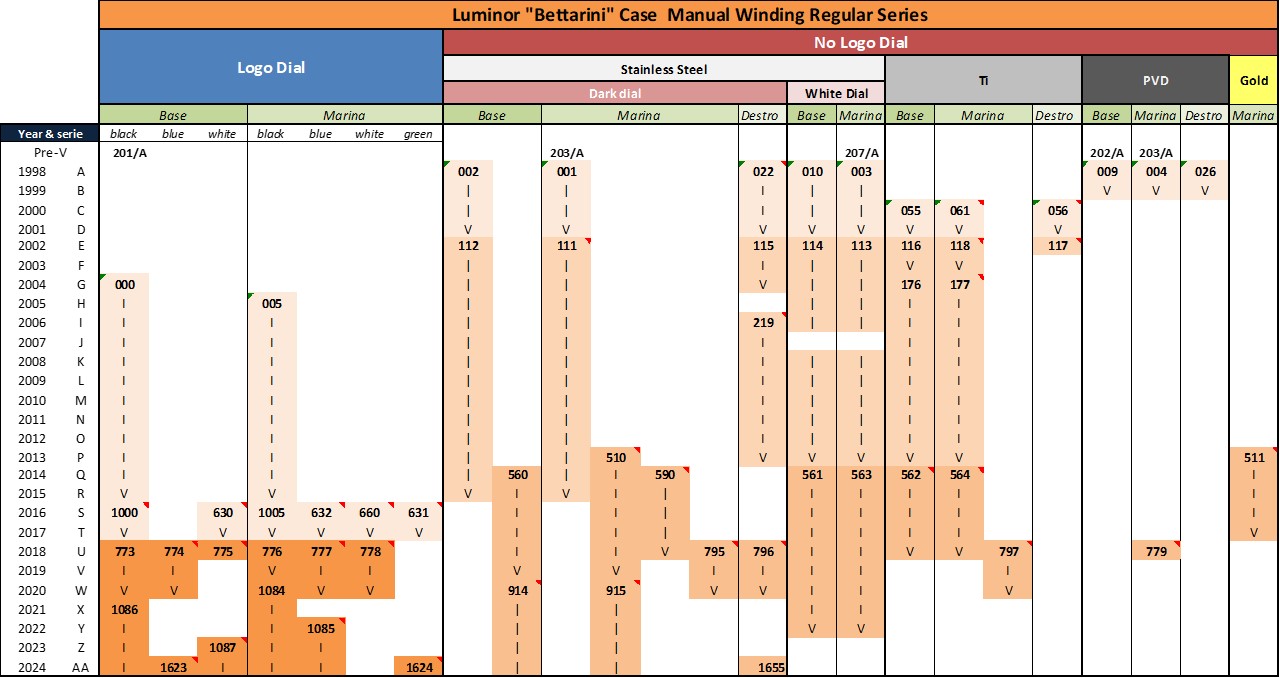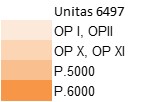The Luminor Dynasty
Hello everyone, first allow me to give a short “how to guide”: this turned out to be a quite a long post, therefore I will be splitting it as follow to ease the browsing between the main sections:- Intro and History
- Reference Table and legenda
- Table reading companion
- Replica consideration and links
Intro/Goal
Luminor is the most famous case shape in Panerai history and one of the most recognizable in the entire watch realm. There are two variants of this case shape in the current production of the Richemont era Panerai: one is called Luminor 1950 and was introduced in 2002 with the famous 127 (Fiddy) while the other one is simply called Luminor but also “Bettarini” and it is the one that started the civil watch production in Officine Panerai in the early 90s and it is still used to market the more conservative watches of the luxury brand. This writing will focus on the latter case shape, trying to list all the models using this specific case following some criteria that will be explained later. The goal of this writing is to create some order in the – rather chaotic – Panerai catalogue that rapidly evolved year after year using reference numbers that are quite inconsequential and look random at first sight. At last, we will close with some info about the replicas available.Who is this Bettarini guy after all?
Alessandro Bettarini had an engineer’s degree and belonged to the second generation of artisans working for Officine Panerai, a company in the military tools sector, providing a wide range of tools mainly to the Marina Militare Italiana. In 1980 he was hired directly by Mr. Dino Zei (OP Ceo since the death of the last Panerai family member in the early 70s) on the R&D operations of the company. In a few years he became the manager of the mechanic planning and drawing section of Officine Panerai and he was instrumental in establishing the watchmaking area of OP by resuming the historical designs and traditions of the “old” OP. But the first attempt in the 80s wasn’t successful: OP was at full capacity with the current military supply and the prototype of an Egiziano-shaped watch called “Millemetri” did not spark any interest. Five years after the environmental conditions evolved: OP military business was going down and an obscure historical book put on the spotlight the old OP watchmaking business, sparkling some interest even from watch enthusiasts in Japan.
Now, relatively recent historical findings, made mainly by Loris Pasetto in his book “Panerai. Una storia Italiana” show how Alessandro Bettarini is in fact not responsible for the design of the Luminor case, as it’s commonly said all over the web. It turns out from the interview made by Pasetto that the design was performed by the Swiss watch company Valgine Guenat (an old watchmaking firm established at the beginning of the XX century and now part of the Richard Mille Group) that was commissioned by Dino Zei to design two watches more suited for the general open market starting from the “classical” military production models of the past that were deemed to be too big and chunky. Valgine Guenat delivered the designs and Alessandro Bettarini’s team copied them on some working glossy sheets that were later found and from which comes the misconception (there’s Bettarini sign is on those sheets). We will call them Bettarini cases nonetheless since it is now common terminology, but please keep in mind that this is a forgery (which we don’t really care about as long as it’s well done, I guess). Also, Valgine Guenat was the company producing the watches for all the pre-V period.
Anyway, finally we have the civil production started (1993) and the famous Stallone incident (1996), but the success was unfortunately for Bettarini and Zei coming too late. OP was in fact playing the watch card in the hope of increasing the firm revenues because the financial situation of the company was already troubled and proved to be not recoverable, so that the brand and the whole business including the main assets were shortly after (in 1997) sold to the Vendome Luxury Group. The old company was renamed Panerai Sistemi, and remained as supplier of the VLG until it was itself sold to an Italian firm in the military business. Alessandro Bettarini remained in Panerai Sistemi and then left with the idea to restart the watchmaking business, in which he succeeded in 2004 by founding ENNEBI, a watch brand that’s still in the business. Check the link in the bottom of this essay, they are fine watches that partially are linked to pre-V Panerais.
First design of the case and its evolution
The first run of the Luminor case (Pre Vendome or Pre-V) was a sparse production of around one thousand watches divided in a few models. More than half of those numbers were in the 201/A model, the progenitor of the Luminor which displayed the features that would carry on until today in one model or the other: the iconic 44mm case with crown guard, a black dial where the indices are carved out and filled with lume, the OP logo, the 24mm lugs allowing a fast strap change with a screw in mechanism, a reliable mechanical caliber that has to be manually wound.When Vendome took over the managing of the brand (in fact Angelo Bonati, OP CEO from 1997 to 2018, proudly said that he created a brand from one single watch, indeed the 201/A) they naturally started from the Luminor case, from differentiating in a very competitive sector by using different “exotic” materials and from a handful of dial variations.
Since then the Luminor case shape didn’t basically change, maintaining its fundamental design characteristics intact. The only changes were pertaining to the size (in height, since there is no other size than 44mm available) to accommodate the different movements, in sealing when bezel and caseback were “downgraded” in some of the entry level models, and in lug hole functionality. We may then distinguish two main eras and a transition period:
- 1997- 2017, encasing variants of the Unitas 6467 (OP I & II & X & XI)
- 2013 onwards, encasing P.5000 and P.6000 Manifattura movements
- Between 2013 and 2017 we have different combinations of phase out of Unitas and phase in of manifattura combined with testing the new “cheap” cases in the Logo collection
- OP I & II & X & XI > Glass to caseback: 15mm (8mm just case)
- P.5000 > Glass to caseback: 14mm (7mm just case)
- P.6000 > Glass to caseback: 13.05mm (7mm just case)
Let’s move now to what can be considered the heart of this paper.
Last edited:



